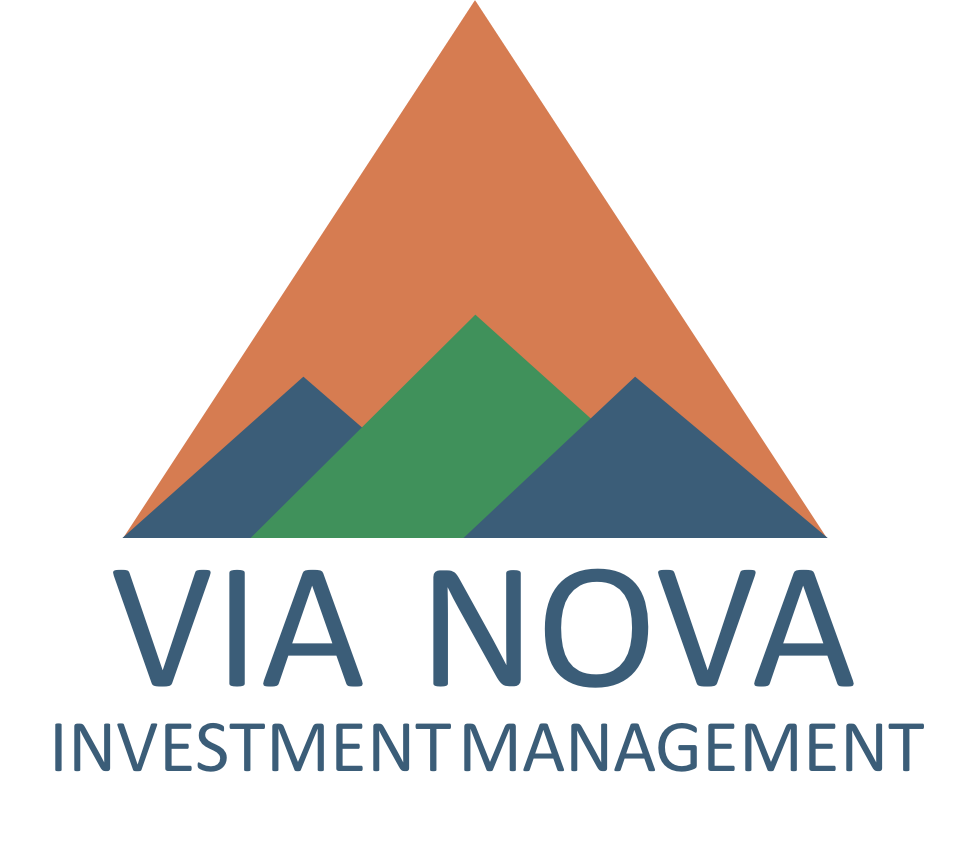Don’t drop the ball!
The Federal Reserve has the unenviable responsibility of both maximizing employment while maintaining price stability. These mandates are set by Congress and juggling the two has proven difficult over the years.
The first challenge is defining the two mandates: what is maximum employment, as defined by the unemployment rate, and what is price stability, as measured by inflation? These assessments are based on extensive research, but are essentially educated guesses, and those guesses are revised over time as estimates are found to be off the mark. For example, not many years ago, the Fed determined maximum employment to be around 5%. Only when the unemployment rate dropped to 3.5% prior to the onset of the pandemic with no appreciable increase in inflation was the Fed forced to re-think its maximum employment target. This statement is not to criticize the Fed as much as it is to respect the difficulty of estimating a neutral target within a dynamic economy and labor force.
The Fed dealt with inflation by defining stable inflation as 2% over time. Once again, there is ample research supporting the target, but it is somewhat arbitrary and achieving that target has been an elusive task. The 2% target is thought to be that level of inflation that is low enough for businesses and individuals to make reasonable longer term investing and spending plans, but high enough to allow readjustments within the economy without being overly disruptive. Inflation was well below 2% following the Great Recession before spiking well above 2% post-COVID (if we are in fact in a post-COVID period) to its current rate of 8.5%.
Currently, with the unemployment rate back down to 3 ½% and inflation above 8%, the Fed decided to raise interest rates to cool inflation, shifting away from supporting employment. I believe it was the correct decision, though a bit late, but now we have a new question: how high do rates need to rise to push inflation back down to 2%. Asked another way, what is a “restrictive” monetary policy? The Fed, again after extensive research, has determined that a 2 ½% federal funds rate is “neutral,” neither stimulative nor restrictive. Is this the right level for rates? Maybe, maybe not. Regardless, the Fed views rates increases above 2 ½% (the current policy rate) as restrictive.
It is important to note that historical research shows that changes in Fed policy affect the economy only after a lag of 9 months or longer. Any rate hikes this year will not be felt until 2023.
Does the Federal Reserve under the leadership of Jerome Powell have the “touch” of raising rates far enough and long enough to cool inflation without precipitating a recession, which is bad for both jobs and corporate profits? Hope springs eternal that the Fed will keep all the balls in the air, but a “soft landing” would be a real juggling act.
Alan Gayle, President

